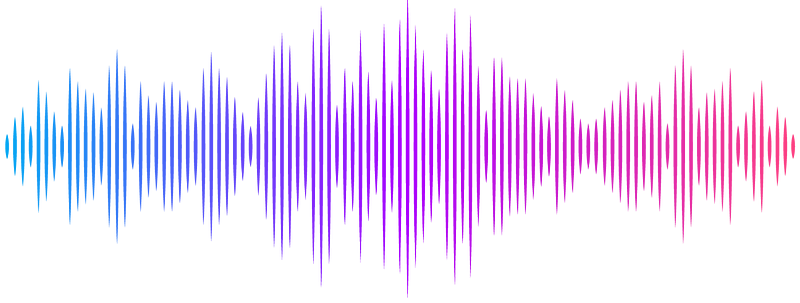Structural basis of DNA recombination catalysis and regulation by phiC31 integrase

Structural basis of DNA recombination catalysis and regulation by phiC31 integrase
Sun, Y. E.; Aspinall, L. P.; Joseph, A. P.; Colloms, S. D.; Stark, M.; Spagnolo, L.
AbstractLarge serine integrases catalyse the insertion (integration) and excision of bacteriophage genomes into and from the genomes of their bacterial hosts via site-specific recombination. The recombination reaction is notable for its striking directionality: integrase recognises and efficiently recombines a ~50-bp attachment site in the phage DNA (attP), and a ~40-bp site in the bacterial genome (attB), but is inactive on the product sites attL and attR unless another phage-encoded protein, the Recombination Directionality Factor (RDF) is present, when the reaction is reversed. Serine integrases are versatile tools for applications in experimental biology, biotechnology, synthetic biology and gene therapy. Here we report structures of phiC31 integrase, the most-studied and most widely used member of the serine integrase family, in complexes with its DNA recombination sites. Our structures, shed light on how the C-terminal coiled-coil motif facilitates recombination and directionality control.